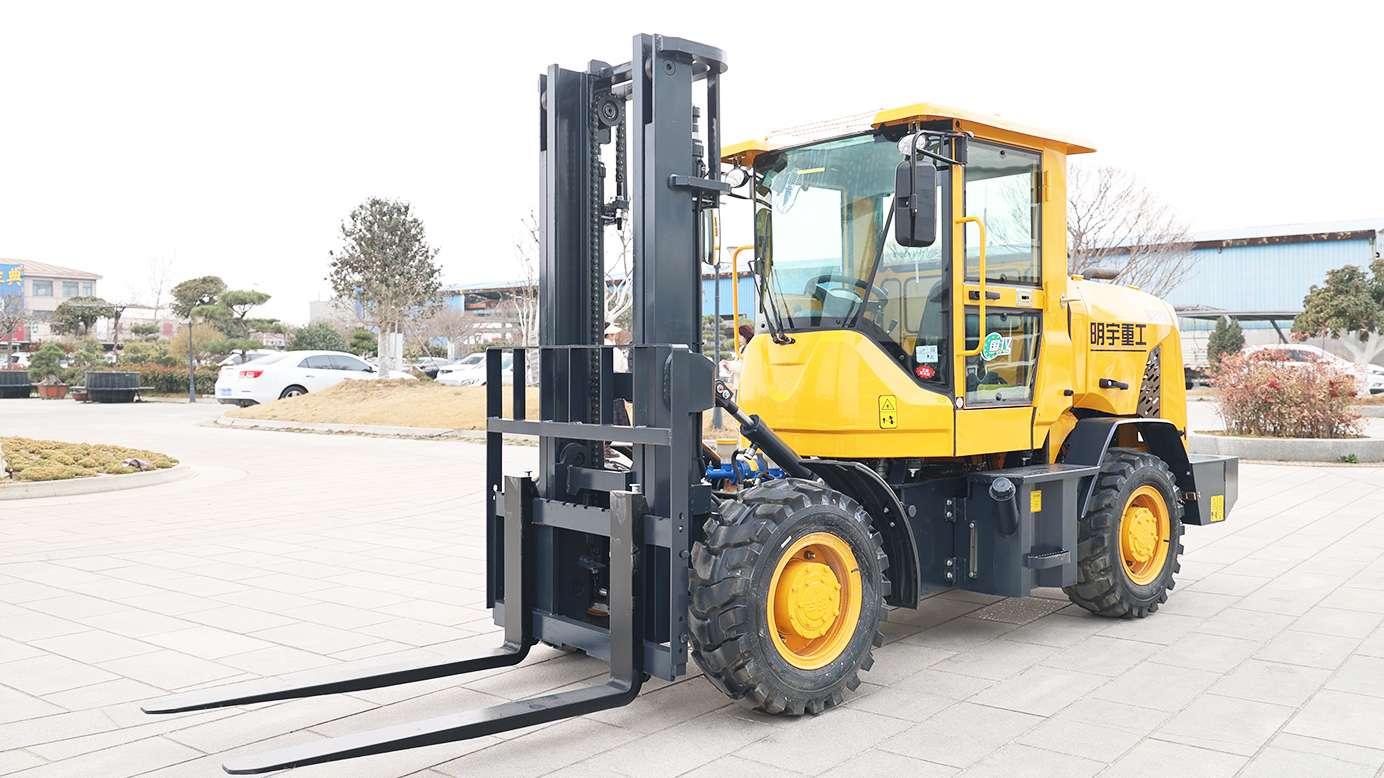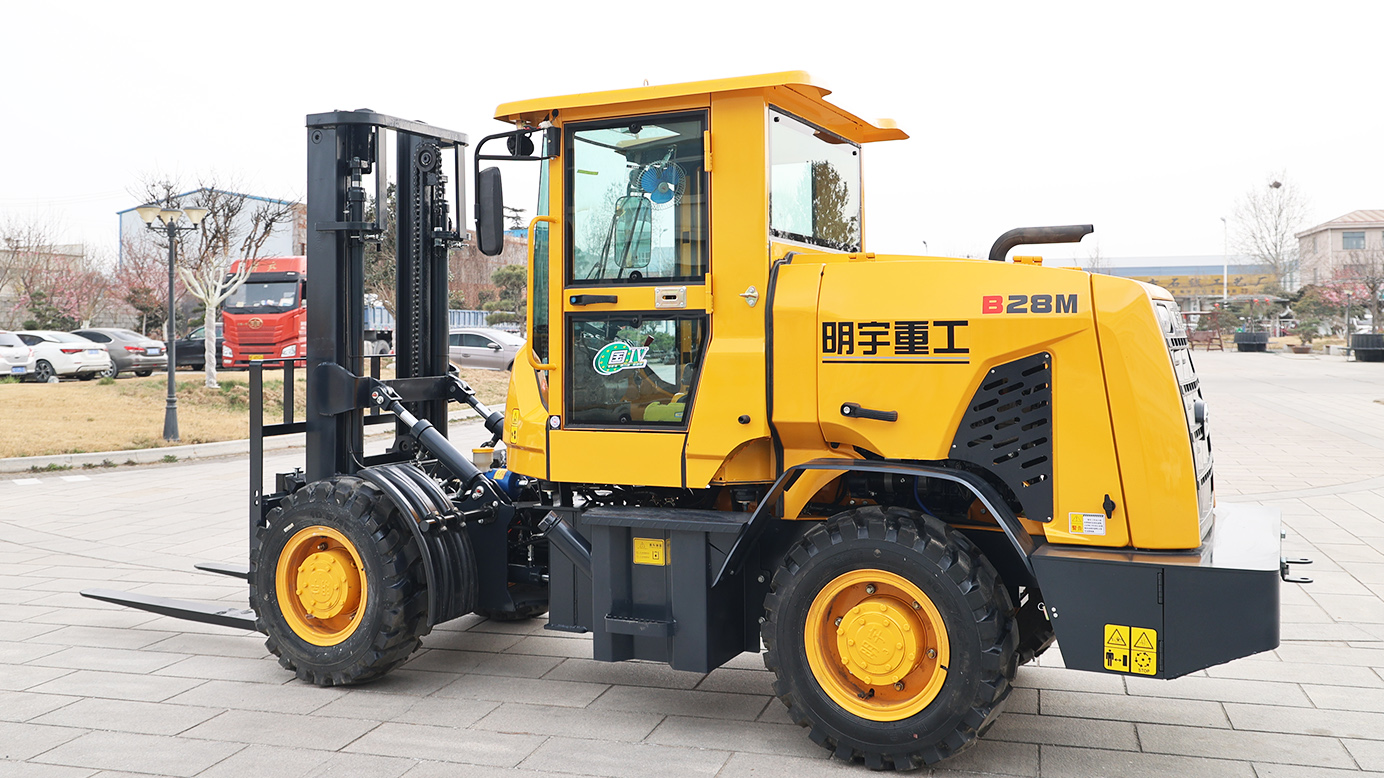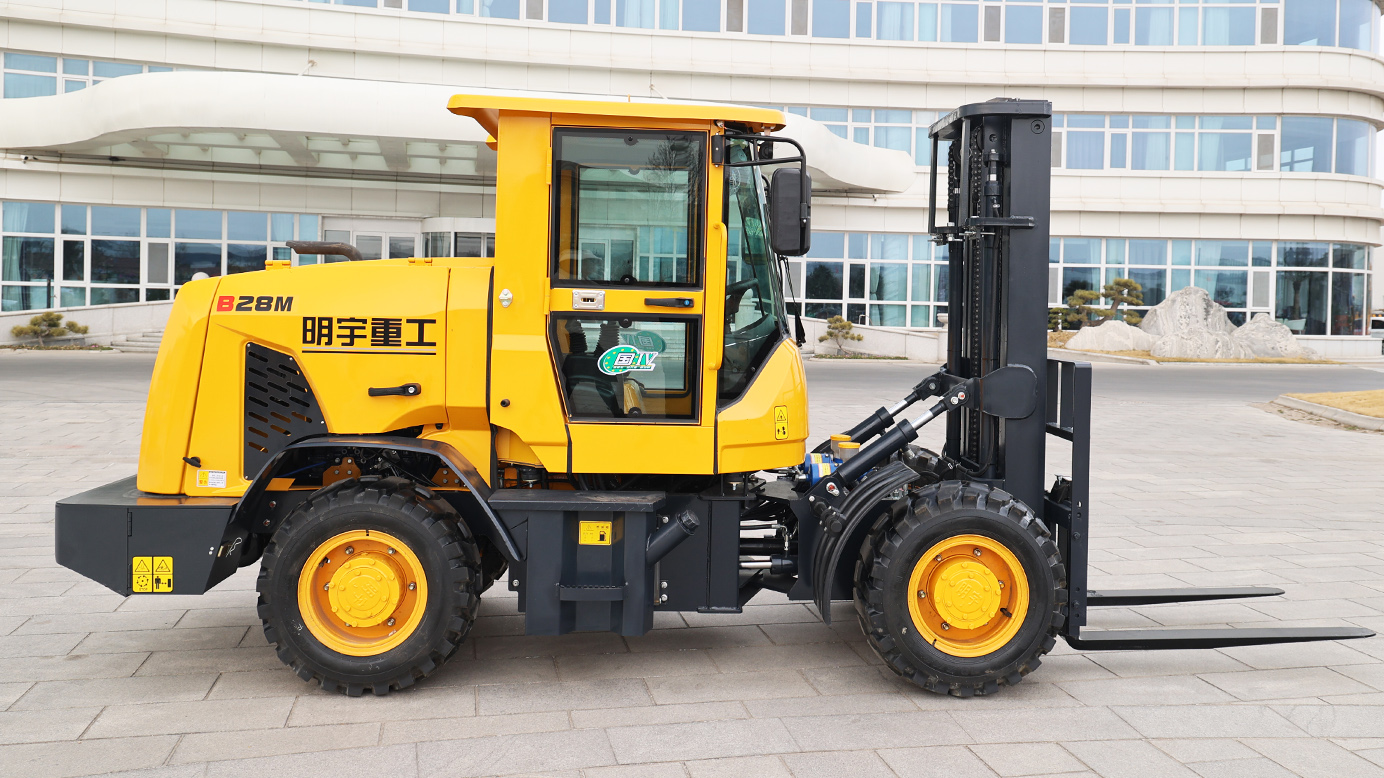I. Introduction
"The rugged terrain of construction sites, lumber yards, and agricultural fields demands equipment that can withstand extreme conditions. Off-road forklifts are built to tackle these challenges, but their demanding environment also leads to unique maintenance issues. A single breakdown can halt operations, causing costly delays and potential safety hazards. Understanding the common maintenance problems associated with off-road forklifts is crucial for ensuring their longevity and reliability. This article will delve into the specific challenges these machines face, from tire and drivetrain issues to hydraulic and environmental concerns, and outline preventive measures to keep them running smoothly."
II. Understanding Off-Road Forklift Operation
Off-road forklifts operate in environments that place significant stress on their components. Uneven terrain, harsh weather conditions, and the handling of heavy, often unbalanced loads create unique challenges. Key components like tires, suspension, and the drivetrain are subjected to greater strain compared to standard warehouse forklifts. Off-road forklifts come in various types, including rough terrain forklifts with large pneumatic tires, telescopic forklifts with extended reach, and masted forklifts designed for specific applications. These machines require more frequent and specialized maintenance due to the demanding nature of their work. Understanding these differences is crucial for developing an effective maintenance plan.
III. Tire and Wheel Issues
Tires and wheels are particularly vulnerable to damage in off-road environments. Punctures and damage from sharp objects like rocks, nails, and debris are common. Uneven wear due to rough terrain can lead to premature tire failure. Maintaining proper tire pressure is essential for stability and load handling, but it requires regular monitoring and adjustment. Wheel bearing and alignment problems can arise from constant exposure to impacts and vibrations. The type of tire used also impacts maintenance needs. Pneumatic tires, while providing better traction, are more susceptible to punctures than solid tires. Regular inspections and timely replacements are essential for safe and efficient operation.
IV. Drivetrain and Transmission Problems
The drivetrain and transmission of off-road forklifts are subjected to heavy loads and constant strain. Transmission fluid leaks and contamination can lead to significant problems, requiring regular fluid and filter changes. Clutch and torque converter wear is accelerated by the constant shifting and heavy lifting. Differential and axle damage can occur from impacts and overloading. Engine overheating is a common issue, especially in hot climates, and can lead to related problems like blown gaskets and damaged components. Regular fluid and filter changes, along with proper engine cooling maintenance, are essential for preventing these issues. The impact of heavy loading on these systems requires that operators follow weight limits, and that maintenance professionals are aware of the increased stress placed on these parts of the machine.
V. Hydraulic System Failures
Hydraulic system failures are a common problem in off-road forklifts. Hydraulic fluid leaks and contamination can lead to reduced lifting capacity and system malfunctions. Hose and fitting failures are common due to the constant pressure and vibration. Cylinder and pump wear can occur from heavy use and exposure to abrasive materials. Overheating and pressure issues can arise from prolonged operation in hot climates. Regular inspections and fluid maintenance are essential for preventing these problems. Ensuring hoses are not rubbing on other components, and that fittings are torqued correctly, is vital.
VI. Suspension and Chassis Issues
The suspension and chassis of off-road forklifts are subjected to constant impacts and vibrations. Shock absorber and spring wear is common, leading to reduced stability and increased operator fatigue. Frame and chassis damage can occur from impacts with rocks and other obstacles. Steering component wear and alignment issues can arise from constant exposure to rough terrain. Bearing and bushing wear is accelerated by the constant movement and heavy loads. Regular greasing of moving parts is essential for preventing premature wear and tear.
VII. Environmental and Weather-Related Problems
Off-road forklifts are exposed to a wide range of environmental and weather-related problems. Corrosion from moisture and salt can damage metal components. Damage from extreme temperatures, both hot and cold, can affect hydraulic fluids and other components. Dust and debris accumulation can clog air filters and other critical systems. UV exposure from sunlight can degrade rubber components and hoses. Implementing protective measures and conducting regular cleaning is essential for mitigating these issues.
VIII. Preventive Maintenance and Best Practices
Preventive maintenance is crucial for ensuring the longevity and reliability of off-road forklifts. Regular inspection schedules should be established and followed. Proper cleaning and lubrication are essential for preventing wear and tear. Operator training and awareness are critical for identifying potential problems early. Using OEM parts ensures compatibility and quality.
IX. Conclusion
Off-road forklifts face unique maintenance challenges due to the demanding nature of their work. Understanding the most common maintenance issues, from tire and drivetrain problems to hydraulic and environmental concerns, is crucial for ensuring their longevity and reliability. Proactive maintenance, including regular inspections, proper lubrication, and operator training, is essential for preventing breakdowns and maximizing uptime. By implementing these best practices, businesses can ensure that their off-road forklifts remain reliable and efficient, even in the most challenging environments.
Post time:Mar.28.2025



